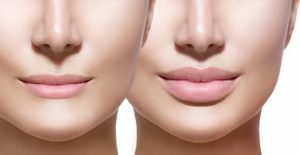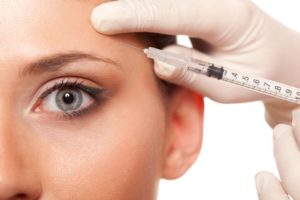written by Joseph G. Jacko, M.D.
It’s been said that life is a marathon. Well, if that’s true life is a marathon comprised of short bursts of activity. Have you ever noticed how kids play or how animals play in the wild? It’s stop and go activity. Exert and catch your breath, and then exert some more. That’s exactly what our ancient ancestors did while hunting for food and escaping from becoming an animal’s prey.
This intermittent burst of activity at or near maximum effort seems to be the natural way to play and physically use the body. But as we get older we get away from stop and go intermittent activity and gravitate toward steady pace exercise we now call aerobics.
Though aerobics certainly improves cardiovascular fitness and can assist in losing fat, it does not provide much benefit beyond that. And, to get those health benefits typically takes at least 30 minutes of exercise each session.
Emerging research is showing that similar, if not better, results can be obtained from exercising for shorter durations, but at higher intensities in the form of high intensity interval training or HIIT.
Studies are showing that high intensity interval training is better than aerobic exercises at improving metabolism, insulin sensitivity, growth hormone and testosterone release, and nitric oxide production. To achieve these benefits exercise must be performed at least at 85% to 90% of heart rate maximum.
Metabolism
Compared to aerobics, HIIT is associated with a higher EPOC, or excess post-exercise oxygen consumption. This means a better after burn. Metabolism stays elevated longer following a bout of HIIT versus aerobic exercise. This means that more calories are burned following an exercise session of HIIT compared to aerobics. Fat burning effects following HIIT have been shown to persist for up to 24 hours after the exercise is stopped. This is vital since we spend most of our time not engaged in exercise. Therefore, it’s more important to burn more calories at rest above baseline than during exercise and that’s exactly what HIIT achieves.
Insulin Sensitivity
Insulin resistance is a muscle problem and improving cellular metabolism of the muscle cells will improve insulin sensitivity. High intensity interval training induces better metabolic adaptations at the cellular level than does aerobic exercise. Human studies show that HIIT is associated with a better improvement in VO2max and a better reduction in risk factors related to metabolic syndrome.
Increased Growth Hormone and Testosterone Release
Growth hormone is a healing hormone in adults and also plays an important role in maintaining a healthy body composition. Studies of growth hormone replacement in adults with growth hormone deficiency consistently show a decrease in body fat and an increase in lean body mass.
The hormonal response to exercise differs greatly between standard aerobic exercise and HIIT. Cortisol is released in response to both lower intensity aerobics and HIIT. But, HIIT also provokes release of testosterone and growth hormone. This explains why endurance athletes are frequently gaunt and wiry, while sprinters are more muscular and have lower body fat percentages.
Improved Nitric Oxide Production
Nitric oxide production is synonymous with endothelial health. But, nitric oxide also enhances the immune system and is a chemical mediator for many biochemical reactions. Nitric oxide is produced in response to shear stress of blood flow against the arterial walls. To stimulate the endothelium to product nitric oxide, at least moderate intensity exercise must be performed. Increased nitric oxide production is not seen if the intensity is too low. Most studies on endothelial function have looked only at moderate intensity aerobics, but a study by Tjonna et al. comparing HIIT at 90% of maxHR versus continuous moderate intensity aerobics at 70% of maxHR showed a better improvement in VO2max and endothelial function in the HIIT group.





